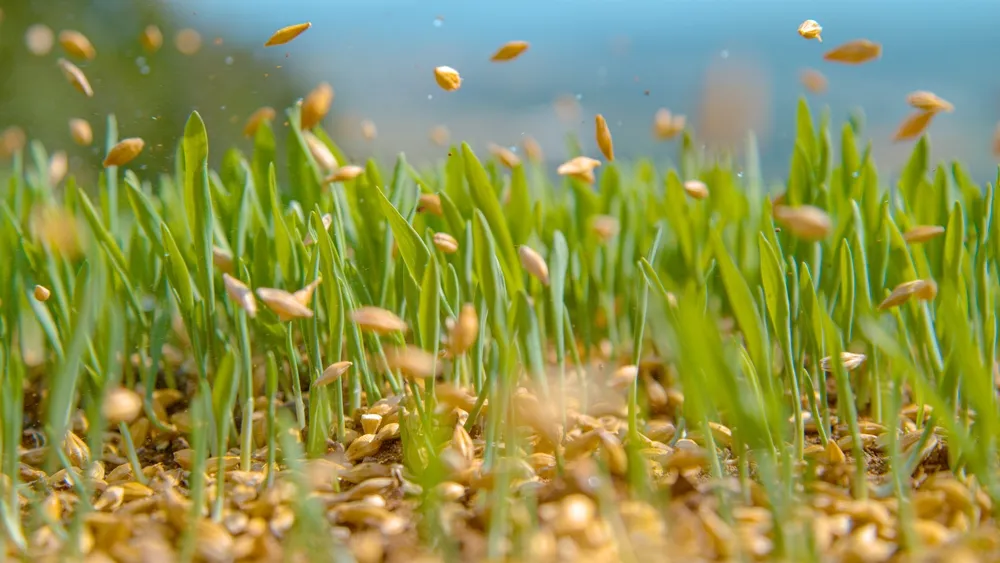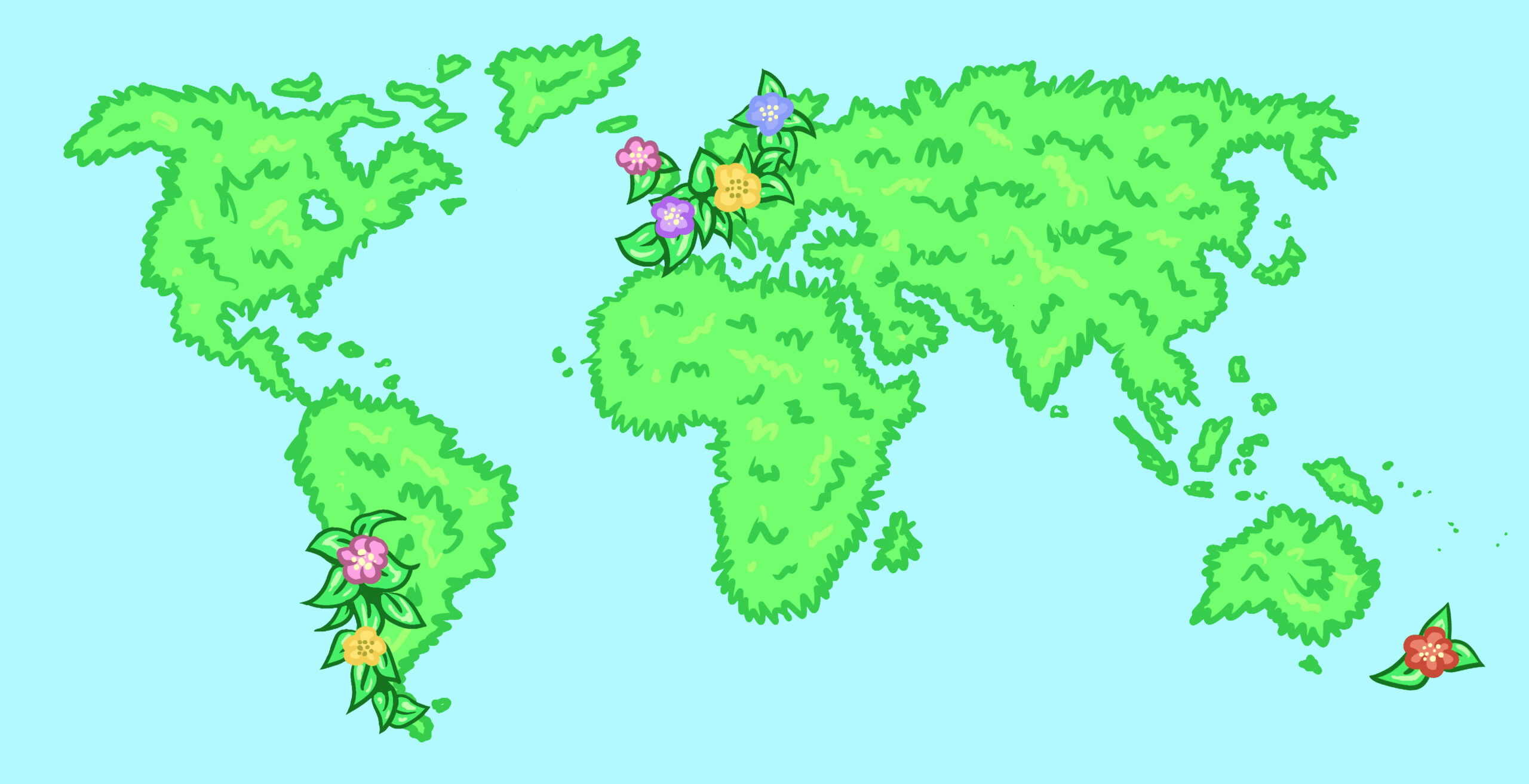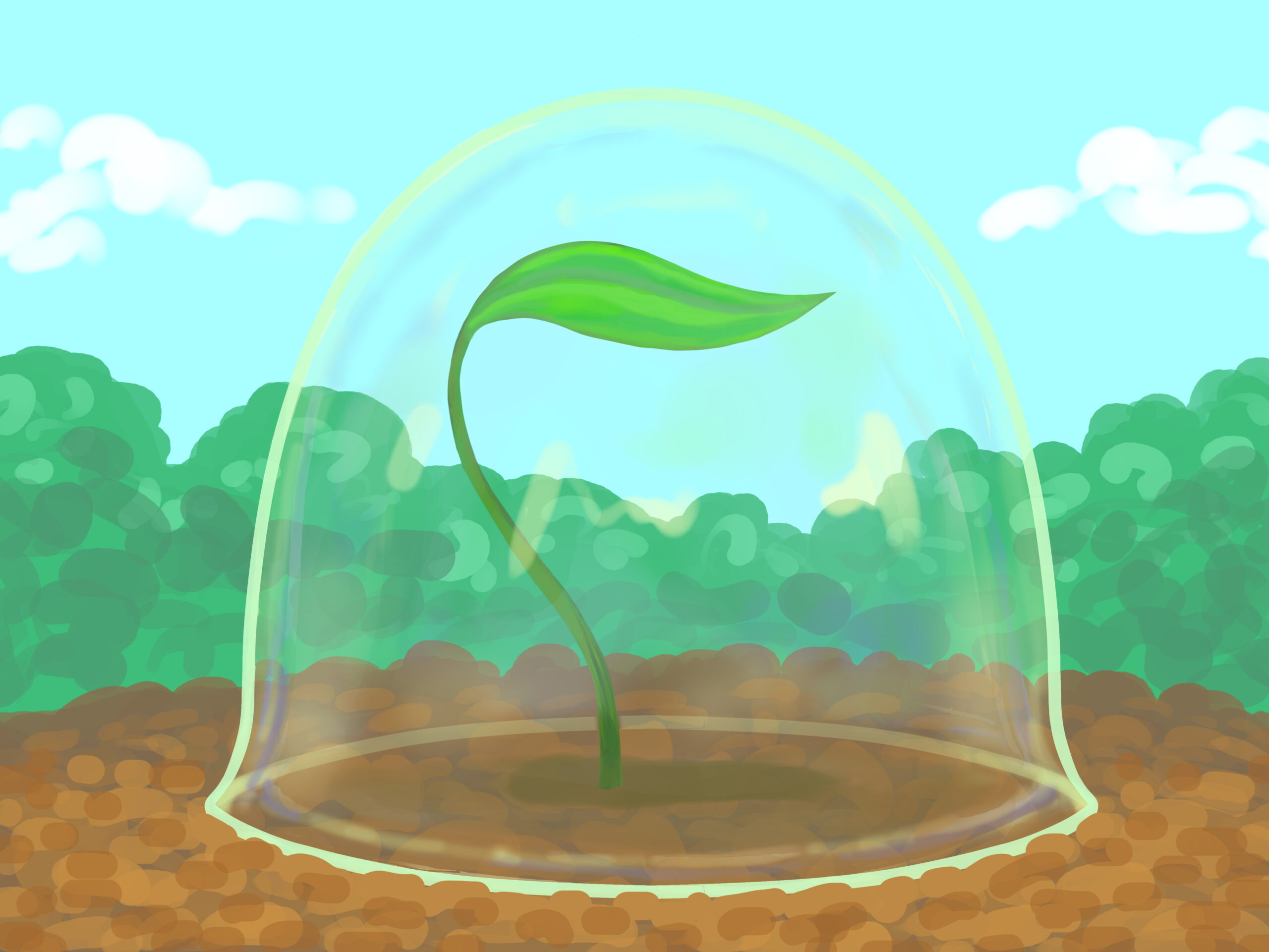A retrospective approach to sustainable farming
Reintegrating land and livestock (Relive) is a transnational project researching mixed farms, especially concerning greenhouse gas emissions and circularity. In the project, mixed farms refer to the integration of crops and livestock. Reintegration highlights how mixed farms were the norm in the past. Relive allows mixed farms to be explored as a solution for the future.
Let’s examine Canada’s farm development as an example. The country’s mixed farm prevalence has been supplanted by farm specialization. Now there is a notable divide between livestock-specific and crop-specific farms. Canada’s project representative Dr Roland Kroebel tells us that Canada’s mixed farms are usually small-scale family farms. They are estimated to account for proportionally 5 per cent and areawise 2 per cent of Canada’s farms. A need for more information, in general, is mentioned.
Countries also rely on differing mixed farm definitions. Estonia’s project representative Dr Lea Hallik uses Estonia’s agricultural holdings as an example. The country’s holdings classified as mixed crop-livestock farms appear to have decreased more than twice during the last decade. Then again, because of a new threshold for holdings used in all of the European Union, the country’s current information is not directly comparable to Estonia’s previous years.
A global starting point for Relive is to explore if mixed farms (reintegrating crop and livestock farms) are a solution for greenhouse gas emissions and circularity. The project has spurred several countries to gather and process more information from farms. Among myriad potential benefits, a challenge listed for mixed farms is the potential for enhanced methane (CH4) emissions. Relive will provide value by providing much-needed information on farms globally and answering essential questions.
For this blog post, Saku Juvonen (Finland), Dr Martin Roffeis (Germany), and Dr Robyn Dynes (New Zealand) will enlighten us on their work as part of the Relive project.
Finland
Saku Juvonen, what is your role in Relive?
“I work for Avoin as an agronomist. In Relive, I input farm data regarding plants and animals, fertilization and cultivation methods, quantities and times of occurrence, to do emissions modelling calculations.
Emissions modelling is done separately for different product types and locations. For example, crops vary in their emissions and soil carbon sequestration. Additionally, the results of modelling change according to how the crops have been produced. Production can be “traditional” or very intense. This means, crop production can contain many fertilizers and pesticides, or it can be lighter, all the way to organic crop farming. To summarize, I look at the effects of different production lines and production methods on emissions and carbon sequestration.”
How specialized are Finland’s farms?
“Finland is not the most extreme example of a specialisation in food production. Nevertheless, on the grand scale, efficiency is a driving force for specializations in food production. Even within crops and livestock, the focus is on one thing. You usually farm one or a few plants when focusing solely on crop farming. You can be a carrot farmer, for example. It’s the same with animals. There is a focus on a specific animal or animal product, such as milk, beef, or lamb. Farms are rarely versatile in their productions.
Another reason for specialization in food production is how the farms’ general spaces have been divided, what other farms have done, how the market works, and what is cost-effective. It can become cost-effective if you can do something and specialize very far in that one thing. Nevertheless, there are trade-offs: specialization may not be climate-friendly or positive in other ways, for example, for circularity.
In Relive, the main focus is on the theoretical thought that food production is now highly specialized, meaning crops are produced here and livestock there. Between them, crops are brought to feed the animals, and animal byproducts are brought to the crop farms to work as fertilizers. Relive is about investigating the possibility of crops, livestock, and their production being on the same farm. Therefore, returning to how things used to be.”
Germany
Dr Martin Roffeis, what is your role in Relive?
“I am an agronomist working for the German Research Center of Geosciences. In the Relive project, we are investigating the reintegration of livestock farming and plant systems, especially the effect it has on the greenhouse gases of farms.
We, the German partners, are currently developing an open assessment tool to help us calculate the greenhouse gas emissions of mixed farms. Our assessment tool is inspired by the Cool Farm Tool (CFT) model, a publicly available model. It can calculate the carbon footprint of your farming activities. But it is product-based, so it can calculate the CO2 equivalents of producing a certain amount of wheat or a certain amount of beef.
We are not using the CFT model, but our tool is similar. The difference is that we will have a chance to assess the whole farm on greenhouse gas emissions. So it will be more than just product-based. Then we have an opportunity to investigate, for instance, how mixed farm concepts affect greenhouse gas emission balances. We can compare mixed farms to more specialized crop or livestock farms.”
How specialized are Germany’s farms?
“I would say the common opinion is that mixed farms don’t exist anymore. But at least for Germany, that is not true. The share of mixed farms varies greatly between regions. In regions with a high density of livestock operations, the share of farms doing both livestock and crop production is higher. Then there are regions with good soil with almost exclusively arable farming.
We have been discussing what would characterize a mixed farm. We currently approach it as a farm with both crop and animal production. Additionally, the farm uses some material flows and co-products from animal or livestock production, such as manure, to recycle as fertilizers in the plant systems. These are the minimum requirements, as far as I am concerned.
Then there are, of course, more integrated approaches. You can have animals graze on fields where crops are growing. For instance, when specific crops are sown, the area could be fenced for a certain amount of time, after which the animals graze on it. That is a more integrated approach, and those farms also exist.”
New Zealand
Dr Robyn Dynes, what is your role in Relive?
“I’m a systems scientist and work for AgResearch, a New Zealand research organization. We are a crown research institute, meaning we are owned by the government of New Zealand. As a farming systems scientist, I work across the dairy, mixed cropping, sheep, and beef sectors. I also work with farming system models. We work as a team with my discipline-based colleagues to understand how component science can deliver within farming systems. I also work with farmers and co-design research opportunities.
We will be doing a post-doc here in New Zealand with my colleague Dr Tony van der Weerden, a nitrous oxide expert; I’m the farming systems expert. We will have a series of case study farms across New Zealand. I will work with the case study’s farmers to understand the type of farming system they are running and gather needed data.
Working with the farmers will ensure that the data we need is recorded by the farmers and where we need to go and set up measurements. Part of that has been looking at what Relive wants to deliver and then understanding what farming systems we have in New Zealand. Moreover, we will look at the farming systems across a framework, and then select individual farms that come from different places from that framework. The framework includes, in part, the geographical distribution, so where the different mixed farms are located.”
How specialized are New Zealand’s farms?
“Of a total of 52,000 Farms in New Zealand, there are about 3,000 farms that have a predominant focus on crops. Then there are about 23,000 sheep and beef farms. A number of them include crops, but we do not have exact numbers. There might be another 5,000 farms that grow one to four paddocks of crops. Commonly grown crops like barley will fit inside a predominantly sheep and cow rotation. Therefore, we may have up to 10,000 farms growing some crops with livestock and a small number of crop farms with no livestock.
We have what we would call mixed cropping farms. The feature of those farms is that significant areas of their farm incorporate rotation. It includes livestock rotation in their production. These mixed cropping farms differ in the percentage of the farm that is in the crop. How the production is divided between crop and livestock varies from farm to farm. In our work, we will capture some of that range.”
Future Relive insights from researchers and farmers
Countries taking part in Relive are trying to find answers to Relive’s questions on mixed farm benefits and challenges, especially regarding greenhouse gas emissions and circularity. Using an assessment tool is one approach to finding solutions. Finland and Germany are working with pre-collected data. New Zealand is doing investigations in the field and gathering data. Therefore, countries have different work packages and use different approaches to answer the same questions. These methods offer valuable insight from different angles.
If reintegrating crop and livestock farms into singular units positively impacts greenhouse gas emissions (and circularity), we might have to dive back into the future. The following steps can include examining what encourages those transitions to happen. Some countries already have some pre-level results to Relive’s questions. A detailed update on growing insights will be announced in 2023.
Another future Relive blog post will delve into the benefits and challenges of mixed farming from the farmers’ perspectives. Potential challenges might come from losing specialization benefits, such as possible cost-effectiveness or the need to substitute synthetic fertilizers. At the same time, there could also be benefits for both big and small farms.
A glimpse into mixed farm benefits
Robyn Dynes, our New Zealand interviewee, works closely with farmers. There might be previously unmentioned advantages for mixed farms:
“Mixed farming reduces your financial risk because you have a number of different enterprises from what you’re generating income. When you have crop production together with livestock production, managing parasites is easier. With mixed farming, we can have healthier livestock.
We export grass seed to Europe and other places. Grass seed crops need to be grazed by livestock to maximize the yield. That feed is extraordinarily high quality for our livestock. With grass seed, our livestock can grow very fast, which again ensures good tailoring and grazed grass. Therefore, we have synergistic benefits from having the crop and livestock together.
Some of the crops and vegetables production, for example, potato and onion, are important for domestic consumption and export. Those are crops that have a significant impact on the soil’s physical structure and soil carbon. When those crops are within a mixed cropping system, you have a restorative phase for the soil. When the soil is grazed by livestock, you can have a depleted phase to produce those crops. It is about getting that balance between restorative and depleted phases. Additionally, both cover crops and catch crops can be grazed by livestock, which can lower the risk of sediment loss. These examples demonstrate that there are already many synergies in our systems.”
Written by Sari Kivijärvi. This text is the ninth post in a blog series by Avoin. The blog series discusses environmental protection and sustainable development from a digital point of view.
Avoin’s work in this project is funded by the Ministry of Agriculture and Forestry of Finland as part of the ERA-Net scheme, which supports the bottom-up coordination of national and regional programmes in the European Union, in this case through the joint call of the co-fund ERA-Nets SusCrop (Grant N° 771134), FACCE ERA-GAS (Grant N° 696356), ICT-AGRI-FOOD (Grant N° 862665) and SusAn (Grant N° 696231).

This blog post was first published via Medium.



